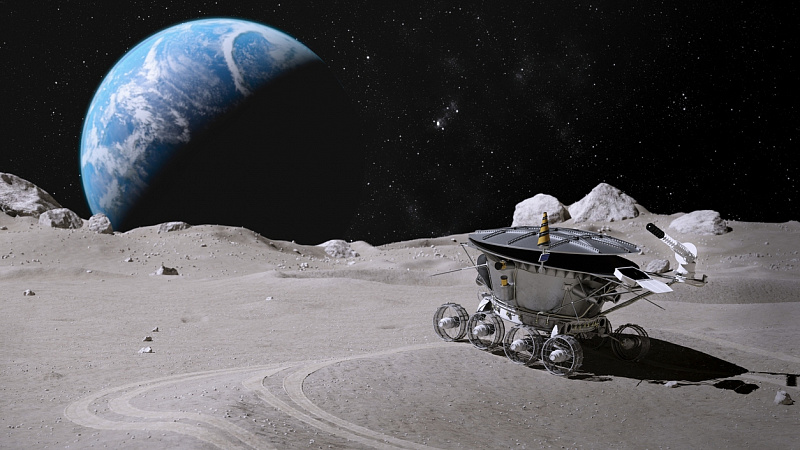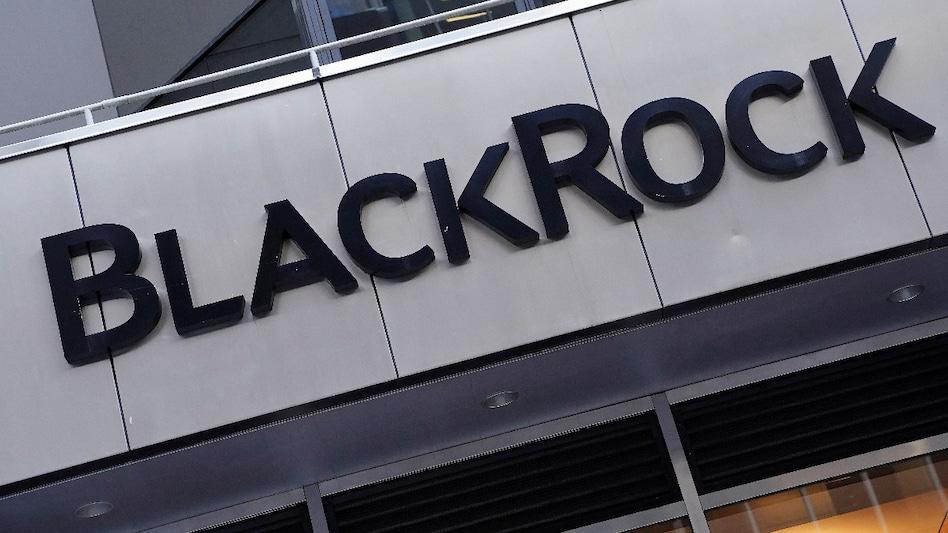India's Chandrayaan-2 orbiter has discovered unusually high electron densities in the Moon's ionosphere on its traverse of Earth's geomagnetic tail (geotail), contrary to earlier beliefs regarding lunar plasma behavior. Measurements by the mission indicate electron densities of ~23,000/cm³—approximately 100 times larger than in the sunlit regions—attributable to lingering lunar crustal magnetic fields that capture plasma and bar diffusion. The researchers, who published their findings in The Astrophysical Journal Letters, used new radio occultation experiments involving signals sent from Chandrayaan-2 and detected at India's Bengaluru Deep Space Network.
This is of paramount importance to future lunar missions since radio communication and surface operations can be affected by high plasma densities. The need to factor in localized magnetic fields while designing lunar habitats or robot missions has been emphasized by ISRO's study.
Source: ISRO






